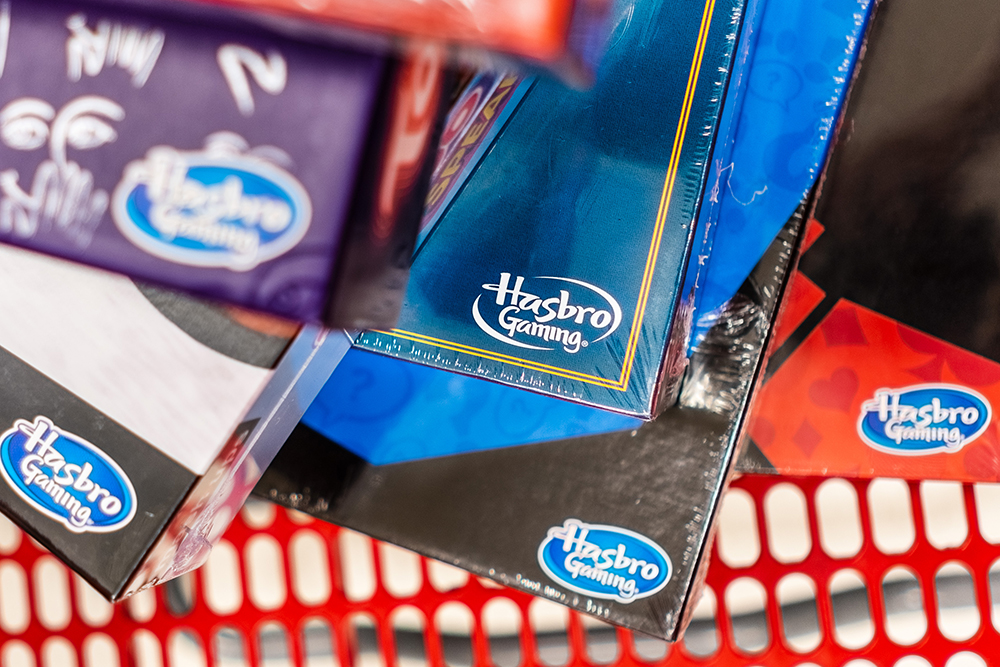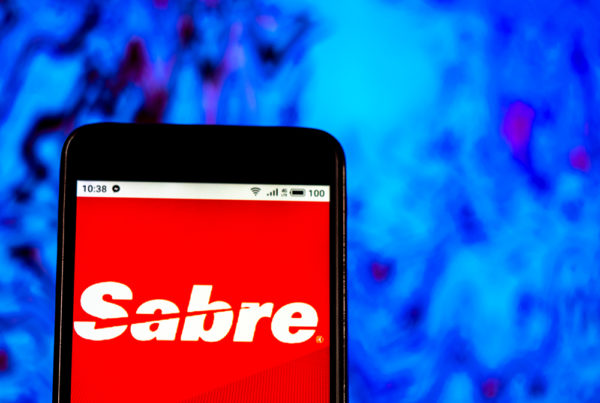“He who dies with the most toys wins” – Malcolm Forbes
Some of you will remember that proclamation from bumper stickers and T-shirts in the 1980s. Well, guess what? It’s back in play. Thanks to the pandemic, toys are once again cluttering living rooms and kids’ bedrooms around the country. Contributor Adam Fischbaum explains what the could mean for your portfolio.
— Bob Bogda, Editor
P.S. Like what you see? Don’t like what you see? Let me know.
My childhood was spent in the better part of the 1970s, which meant that my friends and I were the beneficiaries of some of the best mass market toys and games in the history of U.S. consumerism. Hot Wheels. Nerf balls. Connect Four. Barbie. Rock ‘em Sock ‘em Robots. And who could forget G.I. Joe with Kung Fu grip?
What was the common thread to all of these? The majority of these blockbuster toys were manufactured by just two companies: Hasbro (HAS) and Mattel (MAT). These two names are still the dominant force in toys today. However, thanks to the internet and the rise of smartphones and tablets, their fortunes had shifted noticeably.
From 2017 through 2019, toy sales in the United States declined an average of 1.9% each year to $20.91 billion from $22.16 billion. The competition, mobile gaming via app downloads from both Google Play and the Apple App Store, grew 10% annually during the same period, to $61.7 billion from $47.4 billion.
Is there still a place for tactile toys in today’s virtual world?
Yes. And toymakers have the pandemic to thank.
Following a flat January and a 2% drop from a year earlier in February, the amount of money spent on toy sales has soared since the lockdown began this spring as parents scrambled to keep at-home kids (and themselves?) occupied.
In the first three quarters of the year, U.S. toy sales soared 19.1%, according to NPD Group. Leading the charge: outdoor and sports toys (up 31%); games and puzzles (up 42%) and building sets (up 30%).
All of which got me to wondering about the financial health of and outlook for the two U.S. toy giants, Hasbro (HAS) and Mattel (MAT).
Hasbro, Inc. (HAS) – Some toy companies are lucky enough to get the license to manufacture the toys from blockbuster movie franchises. In Hasbro’s case, the film franchise Transformers was based on one of its already-existing blockbuster toys. A smash hit from the 1980s, the movie poured gasoline on a smoldering, well recognized brand, creating an inferno.
The company seems to have a lock on the biggest franchises with the most staying power. Star Wars, the Marvel Universe and the Power Rangers are the crown jewels.
For what seems like a declining industry in the grand scheme of things, the company’s numbers are relatively healthy. Its recent third-quarter report was generally encouraging, though somewhat mixed.
Sales for the three months in the United States and Canada were up 9% from a year earlier. However, revenue from entertainment, licensing and digital declined by 32%. Sales in the TV/Film/Entertainment brands slice of the portfolio tumbled 28%.
Companies typically have excuses when things go wrong, sometimes legitimate, sometimes not. In Hasbro’s case, it’s legitimate. The declines are primarily due to the blockbuster movie and new-entertainment drought caused by the Covid-19 pandemic. After a number of cancelled big-screen premiers due to the pandemic, Disney (DIS) rolled out it’s live action reboot of “Mulan” in early September on it’s swiftly growing Disney Plus streaming platform. Expect other studios to do the same going forward. Hasbro will adapt as well.
The highly anticipated second season of Star Wars spinoff series “The Mandalorian” began streaming on Disney Plus last Friday. The associated licensed toys for the series should jump-start the underperforming licensed toys division and ring Hasbro’s register a few million times going into this holiday season.
SPONSORSHIP
Up to 100,000 companies now using “6G”?
Jeff Brown has made some incredible revelations before…
The angel investor predicted the top tech stock on the S&P 500 in three of the last four years…
He unveiled the key piece inside Apple’s new iPhone – on stage in New Haven, CT – months before the phone has even hit the market.
In this video, I’m going to give you the name of this company for free – including the stock symbol.
Here’s the big picture view of Hasbro…
Sales are anemic but have grown at a five-year annual clip of 2.32% while earnings per share have grown at an impressive 19.18% rate for the same period. The dividend paid to common stockholders has grown at an annualized rate of 9.5% over the last five years. Management is clearly executing and returning decent value to shareholders.
HAS shares currently trade around $83 with a decent 3.27% dividend yield. Despite the challenging landscape, the company is hanging tough thanks to skilled management and great franchises.
Mattel, Inc. (MAT) – Founded in a garage to capitalize on the post-war baby boom, Mattel has cranked out some of the greatest toys of all time. If you’ve never built a spectacular Hot Wheels stunt course across a den or living room, do it. It will change your outlook on life.
Like the competition, Mattel’s third-quarter report was similarly upbeat. Sales rose 10% overall, shrinking a year-to-date decline to just 2% from 15%.
The growth was driven by a 24% jump in sales in its doll division featuring core brand Barbie. Sales in the legendary Hot Wheels division climbed an impressive 9%. Earnings came in at 95 cents a share, topping expectations of 39 cents. That’s a significant beat.
But looking at the longer-term trend, the business isn’t all fun and games. Sales have declined 5.6% on average over the last five years. Even worse, the company has not turned in a profitable year during that time, and the common dividend was eliminated two years ago to preserve cash.
The outstanding third-quarter report provides a glimmer of hope, but there’s still a lot of work to do.
While Mattel does have legendary solid franchises in its portfolio such as Barbie, American Girl, Fisher Price, Hot Wheels and the DC Comics universe license, the product stable is bloated and somewhat second-tier compared with the competition.
So, barring a massive uptick in consumer enthusiasm or a renewed interest in the blockbuster franchises, what’s the solution? First would be selling off the stale brands to raise cash to pay down debt. Then focus on the core brands and build from there.
But the better solution for Mattel would be to go private. There’s an ocean of private equity money out there looking for a place to go. Mattel looks like a prime candidate.
MAT has been trading at just under $14 a share, and a hopeful forward PE of 44.
Action to Take: Clearly, Hasbro has the most staying power of the two and can easily remain independent. This is a stock to buy and hold if you’re looking to add to the consumer-discretionary portion of your portfolio, while collecting a decent dividend along the way.
Mattel’s future is cloudier. A takeover could happen but the road will remain bumpy in the meantime. The brands are valuable and viable but these shares are much more of a speculative play.
SPONSORSHIP
Learn from the #1 Futures Trading Education Institute in the World
Learn a direct approach to trading Futures that provides you with the techniques and the confidence you need to make consistent profits.
***For a limited time, we are offering a FREE CLASS. Don’t take our word for how effective our teaching methods are… see it for yourself
Sign up today to receive free access and a guided tour through our program, PATH TO SUCCESS.











